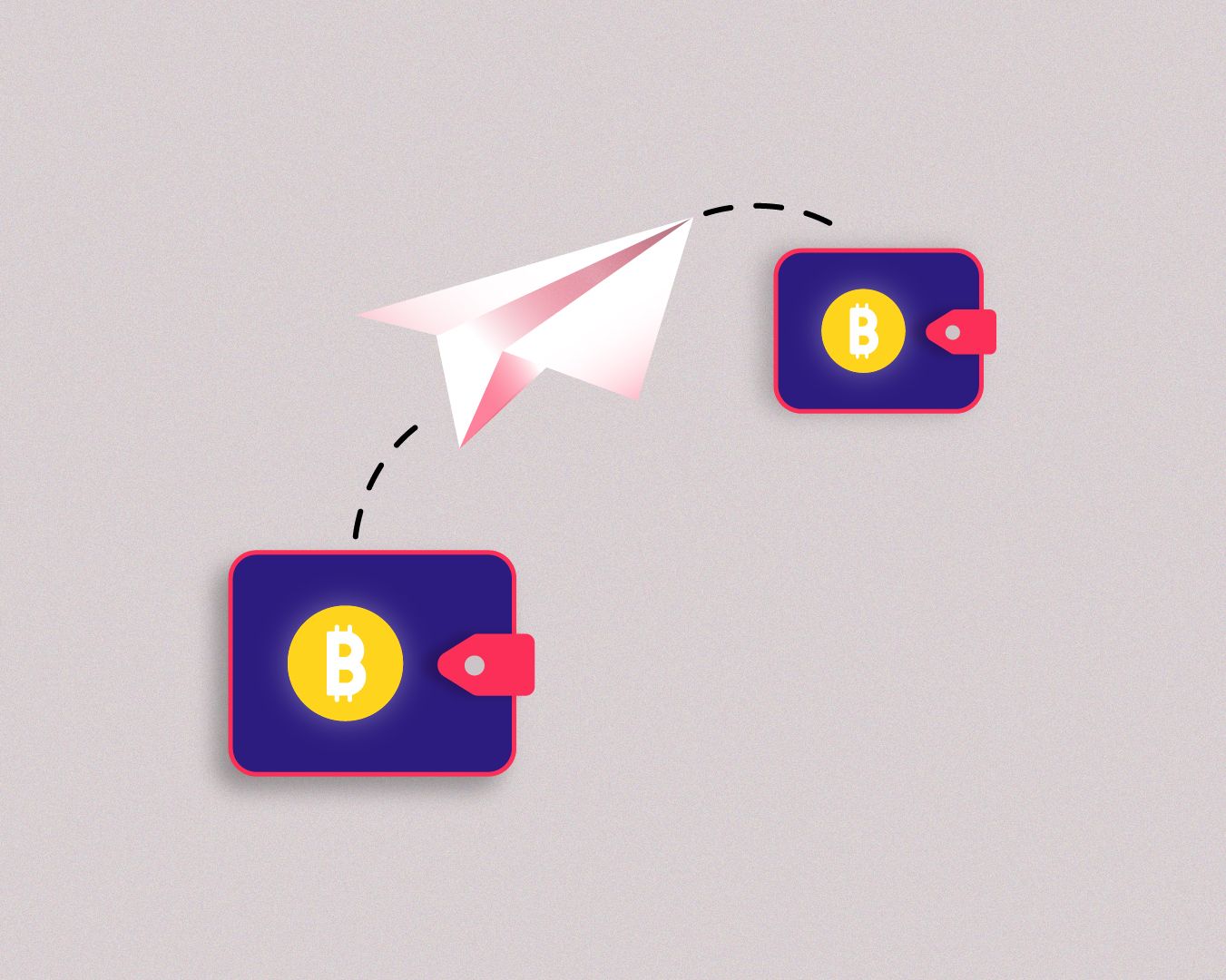Getting your head around blockchain is one thing, understanding how Bitcoin transactions work is a whole other ball game. In this guide we’re going to break this down simply and efficiently so that you can understand exactly what is happening on the blockchain when you send and receive Bitcoin.
The Process Of Bitcoin Transactions
We know that Bitcoin is a digital asset, made up of lines of code that hold value and can easily be transacted across the globe. To make things simple, think of Bitcoin transactions as messages, similar to emails, that use cryptography to facilitate the secure movement of Bitcoin from one wallet address to another. These transactions are then publicly displayed on the network for anyone to see. All transactions on the Bitcoin network are transparent and are logged on the network’s blockchain.
As taken from the Bitcoin whitepaper released by Satoshi Nakamoto in 2009, “We define a Bitcoin as a chain of digital signatures. Each owner transfers Bitcoin to the next by digitally signing a hash of the previous transaction and the public key of the next owner and adding these to the end of the coin. A payee can verify the signatures to verify the chain of ownership.”
When you send Bitcoin from one wallet address to another, each transaction has an input (from where it’s leaving), transaction output (where it’s going) and the amount of BTC being sent. This information is what is stored in each block of the blockchain, and each Bitcoin holds a recorded history of where it has been.
The transaction inputs and outputs are similar to the concept of BTC wallet public and private keys. The public key allows you to receive the Bitcoin, while the private key allows you to send the Bitcoin. So for each transaction, the input, the amount and the output information is sent to the Bitcoin network where it is verified by miners.
The miners are essentially confirming that all the information is correct and that the sender does in fact own the BTC being sent. This process of confirming the information is correct and authorising the transaction is known as mining. When the miners approve the transaction and add it to the blockchain, the transaction takes place and in the process new Bitcoins are mined.
How Long Do Bitcoin Transactions Take?
Typically, the entire process takes 10 minutes, sometimes longer based on how busy the network is at that given time. Each block on the blockchain can hold 1MB of data, so once a block is full with verified transactions, when a new transaction takes place it will be put on a “waiting list” so to speak, and be incorporated into the next block.
The 1MB limit equates to roughly 3,500 Bitcoin transactions per block, which works out to approximately 7 Bitcoin transactions per second.
Some transactions can be fast tracked to be completed sooner by paying a higher BTC transaction fee. This essentially makes it more rewarding for the miner, so they will prioritise it over a transaction with a lower fee. More on that below.
What are Bitcoin Transaction Fees?
You may have heard about Bitcoin transaction fees, these are fees charged each time you make a transaction and are used to pay the miners. Usually they are a small fraction of what you are sending, and are determined by either the network or the sender. As we mentioned above, the more fees you pay, the higher the miners prioritise your transaction, and the faster it will be processed.
Generally, your wallet will set the Bitcoin transaction fee as it is automatically notified of any fluctuations in the network. If the network is very congested, it will advise you to increase the fee, or if the network is not that busy it will advise an amount that will ensure the transaction goes through (if fees are too low they will not be processed).
You can get an indication of what Bitcoin fees are in real time here, and here is a handy guide on how to buy Bitcoin with minimal transaction fees.
Bitcoin Transaction Confirmation
Now that we’ve covered how do Bitcoin transactions work, you can better understand what happens when you’re sending and receiving the digital currency. Bitcoin has become widely adopted in the mainstream world since its launch in 2009, but still there’s no better time than now to invest and properly understand this nascent currency.
_________________________________________________________
Oobit Technologies Pte, 50 Raffles Place #37-00 Singapore Land Tower, Singapore (048623). is a company registered in Singapore (no:201716443G), that has been approved as Appointed Representative of Oobit Technologies OÜ, Harju maakond, Tallinn, Lasnamäe linnaosa, Väike-Paala tn 2, 11415, (no: 14852617 ). Which is authorized and regulated by the FIU (no: FVR001421 and FRK001304).

